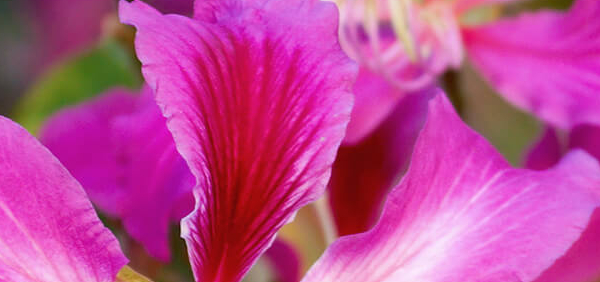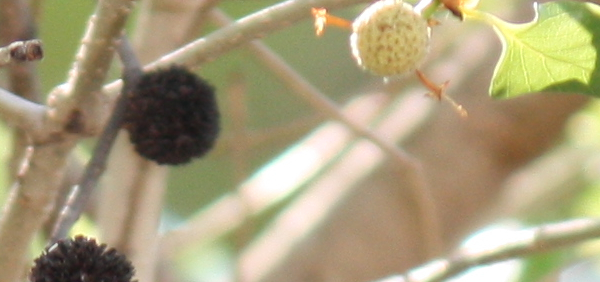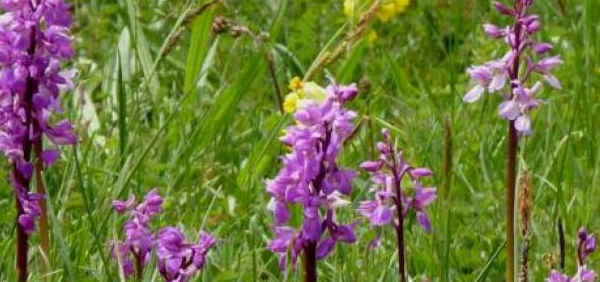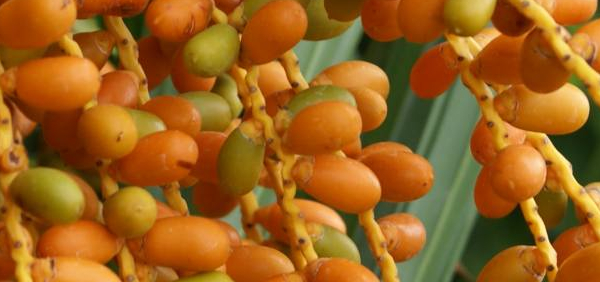guduci :
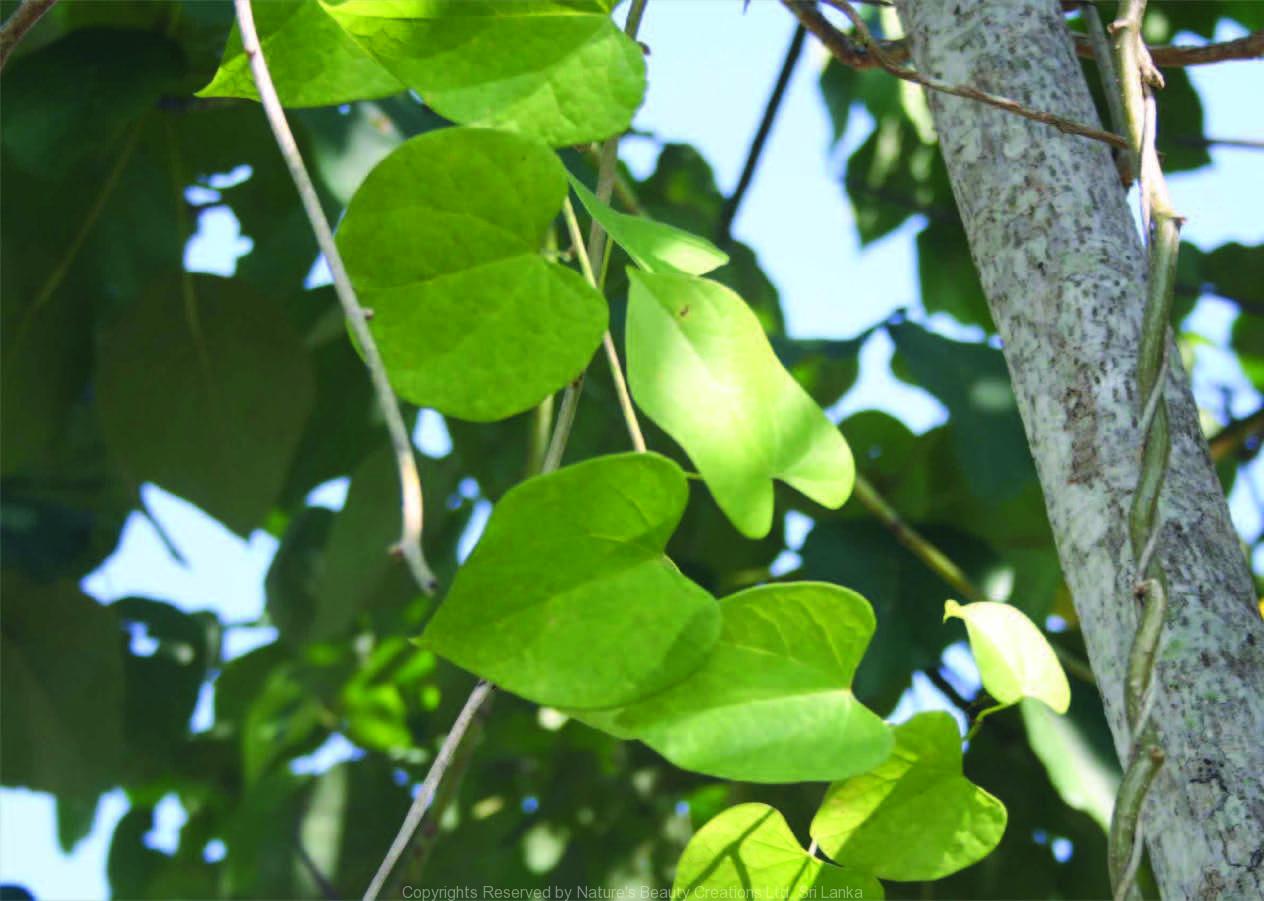 Guduchi (Tinospora cordifolia), also known as amrit, is one of the most valued herbs in the Ayurvedic pharmacy. It is one of the non-controversial drug used in Ayurvedic medicine. It is Grãhi, Väta hara,Dipaniya,Kapha-Raktahara and Vibandhahara , Medhya Rasayãnas
Guduchi (Tinospora cordifolia), also known as amrit, is one of the most valued herbs in the Ayurvedic pharmacy. It is one of the non-controversial drug used in Ayurvedic medicine. It is Grãhi, Väta hara,Dipaniya,Kapha-Raktahara and Vibandhahara , Medhya RasayãnasHISTORICAL AND MYTHOLOGICAL REVIEW:
Taxonomical Classification
Kingdom: Plantae - Plants
Subkingdom: Tracheobionta - Vascular plants
Division: Magnoliophyta - Flowering plants
Class: Magnoliopsida - Dicotyledons
Order: Ranunculales
Family: Menispermaceae
Genus: Tinospora
Species: T.cordifolia
Allied species:
VERNACULAR NAMES
Sanskrit: Guduchi,amritha, cinnodbhavaEnglish: Heartleaf moonseed
Hindi: Giloy, gurach, gulvel
Urdu: gurch, guluncha
Telugu: Tippa-teega
Bengali: Guloncho
Marathi: Guduchi
Konkani: amritvel
Oriya: guluchi
Gujarathi: galac, garo
Tamil: shindilakodi
Malayalam: chittamruthu
Kannada: amrita balli
Punjabi: Gllow
Assamese: hoguni
Nepal: Gurjo
Sinhalese: Rasakinda
Varities:
Synonyms
Synonyms in Ayurveda: guduci, madhuparnika, chinnodbhava, amrita, vishalya, cakralakshana, tandrika, jvaranashi, amrita, chinnaruhaGuduchi- one which protects from nigooda vyadhis
Madhuparni- having madura vipaka
Amrita- acts as amrita for patient, grows even after cutting
Vishalya - which removes mana shalya
Chinna, Chinnodbhava ,Chinnaruha- grows even after cutting
Chakrangi , Chakralakshanika -T.S of stem shows wheel like appearance
Tantrika- which is having fibre ie thread for suturing
Chandrahaasi- half moon shaped seeds
Kundalini,Bhoothagni- used in psychological disorders
Jvaranaashi- used in jvara
Jeevanthi- gives Jeeva
Cheera
Rasa: Kashaya Tikta
Guna: Guru Snigdha
Veerya: Ushna
Vipaka: Maduram
Karma: Jwarahara-useful in fever, Kaphahara Pittahara Vatahara
It is a good rasayana drug
Cultivation:
It grows well in almost any type of soils and under varying climatic conditions.The plant is cultivated by stem cutting in the month of May-June. It requires some support preferably Neem and Mango trees, such plants are supposed to possess better medicinal values.Propogation:
Propogaton of the plant is through stem cuttings.Harvesting:
Mature plants are collected, cut into small pieces and dried in shade.Phytochemistry:
Columbin, tinosporaside, jatrorhizine, palmatine, berberine, tembeterine, tinocordifolioside, phenylpropene disaccharides, choline, tinosporic acid, tinosporal, and tinosporon have been isolated from Tinospora cordifolia..Parts used for medicinal purpose
Flower, Fruit, Leaves, Root, Stem, ,Dosage:
kwatha- 50 to 100 mlPurification:
NilSubstitute:
NilAdultrants:
NilControversy:
non-controversial drugCommercial value:
Dried stem is commercially traded for its medicinal values.Morphology:
Large succulent climbing shrubs or deciduous vines about 15-25 m long. Stem striate, with scattered lenticels which are often 4 fid, fleshy, puberulous and green when young, later membranous and glabrous, with long aerial roots. Leaves simple, alternate, broadly ovate, orbicular or subrotund, 7-16 x 4.5-12 cm across, base subcordate or abruptly truncate, margin entire, apex suddenly acutely acuminate, chartaceous, membranous, thin, green, sparingly pubescent above, paler pilose with glandular patches beneath, strong basal veins 5-7, impressed above and prominent beneath, lateral veins 1-2 pairs, veinlets fine and close, petiole puberulous, about 4-12 cm long. Inflorescence axillary on old leafless stems, slender, pseudo-racemose cymes, usually appearing when the deciduous plant is leafless, about 3-12 cm long, pedunculate. Flowers unisexual, greenish yellow, pedicellate. Male flowers, pedicels slender, glabrous about 3-4 mm long, sepals 6, in 2 series, inner series larger, elliptic, apex obtuse, about 3-5 x 2-5 mm long, outer series smaller, about 1-1.5 mm long, free, imbricate, ovate, apex obtuse, petals 6, free, rhomboidal-ovate, 3-5 x 1-3 cm across, stamens 6, free, filaments clavate, about 3 mm long, anthers loculed, subextrorse, obliquely or longitudinally dehisced. Female flowers, pedicels about 4-10 mm long, sepals and petals similar as in male flowers, staminodes 6 about 1 mm long, carpels 3, ellipsoid, about 1.5-2 mm long, glabrous, style short, stigma lobed. Fruits drupes, obovoid or ellipsoid, glabrous, shining, bright orange or scarlet red when ripe, about 8-15 mm across, carpophores about 2-3 mm long, stalks about 8-10 mm long, pericarp thin, style scar subterminal, endocarp bony, very thin, subrotund or broadly elliptic about 7-9 x 5-6 mm across, tuberculate with small aperture. Seeds curved, endospermic, cotyledons flattened, radicle short.Geographical distribution:
The plant occurs throughout tropical regions of India extending from Kumaon to Assam and Myanmar, Bihar, Konkan to Sri Lanka. It is a large climber which grows over the highest trees in the forests and throws out aerial roots which reach the length of 10 metres, though not thicker than pack-thread.ECOLOGICAL ASPECT:
Endophytic fungi regarded as a fascinating group of organisms colonize the living, internal tissues of their host (usually higher plants) without causing any harmful effects. A recent study has shown that 29 endophytes belonging to different taxa were present in the samples collected from T. cordifolia.
Extracts of the endophytic fungus Nigrospora sphaerica obtained from T. cordifolia were found to have insecticidal properties against the Oriental leafworm moth (Spodoptera litura), a polyphagous pest.
Plant conservation:
Not in conserved list.General Use:
- Alleviate allergies and symptoms of hay fever.
- Ease arthritis, gout, rheumatic disorders, and inflammation.
- Treat chronic skin disorders such as psoriasis or eczema.
- Help with hepatitis and jaundice (helps protect the liver from exposure to toxins)
- Boost the immune system.
Therapeutic Uses:
Systemic Use:
in jara vyadhis. jwara,kushta ,aruchi,panduchadi,kamala, hridroga,klaibya, arshas, vatarakta, daha, prameha, dourbalya, krimi, kasa etcAdministration:
swarasa- best rasayanaPharmacological:
Antidiabetic activityClinical trials:
Preclinical studies with rats for cholestasis showed that guduchi was effective in ameliorating cholestasis-induced immunosuppression .Research:
Precautions:
Toxicity studies:
Not knownUse in other system of medicine:
One study published in the Journal of Ethnopharmacology concluded that guduchi had immunomodulatory effects, confirming the Ayurvedic view of guduchi as a rasayana and immune-booster.15 Another study compared the anti-stress effects of guduchi and gotu kola in comparison to diazepam. Ethanol extracts of guduchi and gotu kola showed "significant anti-stress activity", especially in comparison to the pharmaceutical, diazepam.16 In a study published in Immunopharmacology and Immunotoxicology, guduchi was found to have anti-tumor properties. According to the study, an alcohol extraction of guduchi was shown to activate tumor-associated macrophages (white blood cells that eat cancer cells).
Ayurveda describes guduchi as being useful in conditions of hepatitis and jaundice due to its ability to detoxify the liver. In a clinical trial, liver toxicity was induced in rats, followed by the administration of an alcohol extract of guduchi. The extract protected the livers of the rats, showing that guduchi has clinically significant hepatoprotective properties.
Guduchi was found to be useful in the treatment of allergic rhinitis, an allergic condition characterized by sneezing, mucus discharge from the nose, sinus congestion, and related symptoms. The study showed that guduchi gave significant relief to the allergic symptoms.
A study published in the Journal of Ethnopharmacology showed the efficacy of guduchi in treating diabetes mellitus by lowering blood glucose levels and brain lipids in diabetic rats, concluding that guduchi extract has hypoglycaemic and hypolipidaemic effects.
Another study tested the rejuvenative potential of guduchi, examining the ability of guduchi (and ashwagandha) to reduce oxidative stress in human volunteers. The results of the study showed that both herbs are potent antioxidants that may also prevent premature aging.
Modern research has found that guduchi also has gastroprotective properties. Epoxy clerodane diterpene, a compound in guduchi, was isolated and given to rats with gastric ulcer. The compound reduced the gastic ulcer "by reinforcement of defensive elements and diminishing the offensive elements
CONCLUSION:
Guduchi has been revered in nearly all of the ancient Ayurvedic texts and modern treatises: Caraka Samhita, Astanga Hrdayam, Astanga Samgraha, Sushruta Samhita, Bhav Prakash, and Indian Materia Medica to name a few. In modern medical research, there is an abundance of studies and scientific evaluation on the astoundingly diverse pharmacological effects of this sacred herb. Guduchi appears to be experiencing a modern renaissance, as Western medicine begins to recognize its vast potential in both preventive and clinical medicine. Truly, guduchi is the amrit of Ayurveda, the medicinal nectar that is deeply needed and most relevant in these modern times.Ayurvedic Formulations:
Common Ayurvedic Formulations of guduci with their IndicationsPothin Dravakam - Attin Brath is a general medicine to increase strength, vitality and stamina.
Hyponidd
KEY WORDS: Tinospora cordifolia
- » Classification and names of guduci
- » Synonyms and definitions of guduci
- » Drug Properties of guduci
- » Chemical Constituents of guduci
- » Standardization of guduci
- » Parts used and Dosage of guduci
- » Morphology and Histology of guduci
- » Distribution and Conservation of guduci
- » Cultivation of guduci
- » guduci in the market
- » Medicinal Uses of guduci
- » Researches and clinical trails of guduci
- » guduci in other sytems of medicine
- » Ayurvedic formulations with guduci
- » Images of guduci






